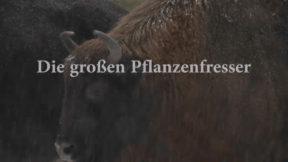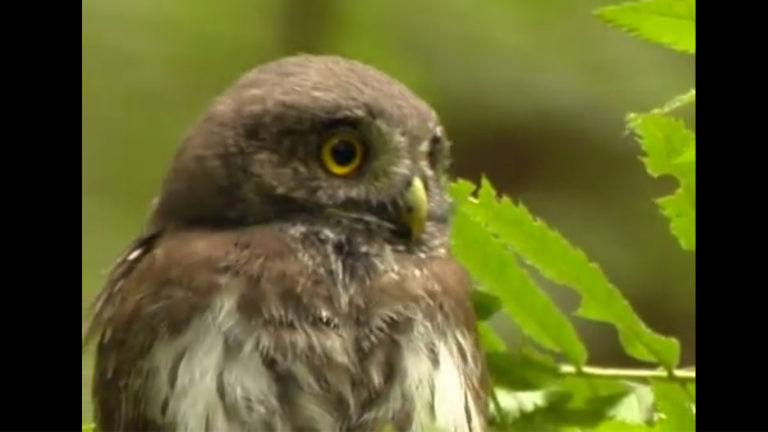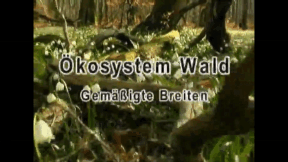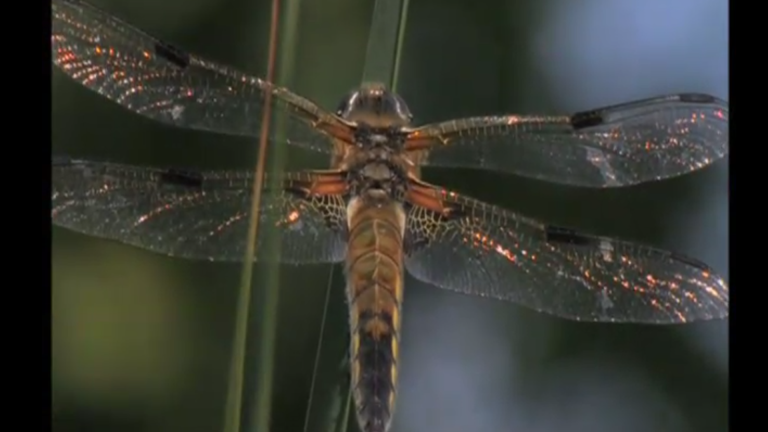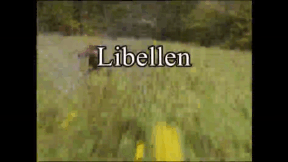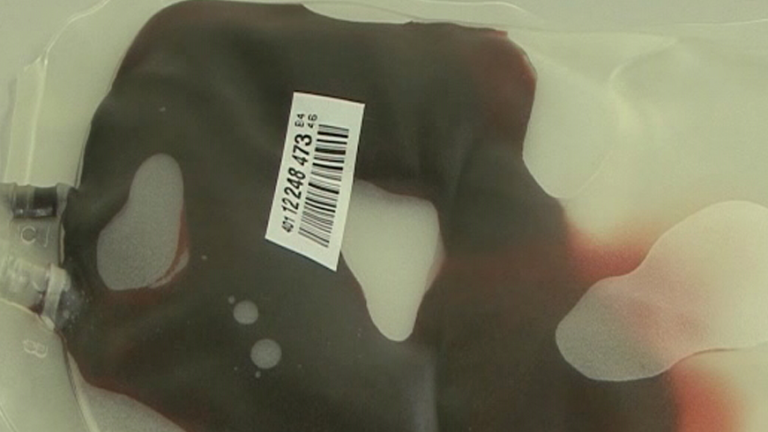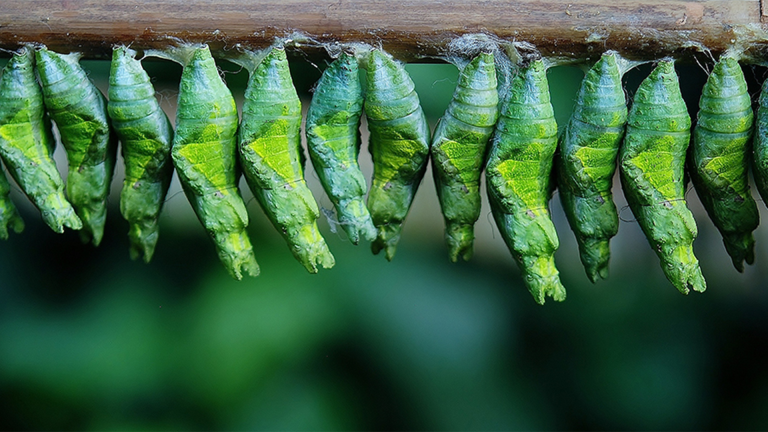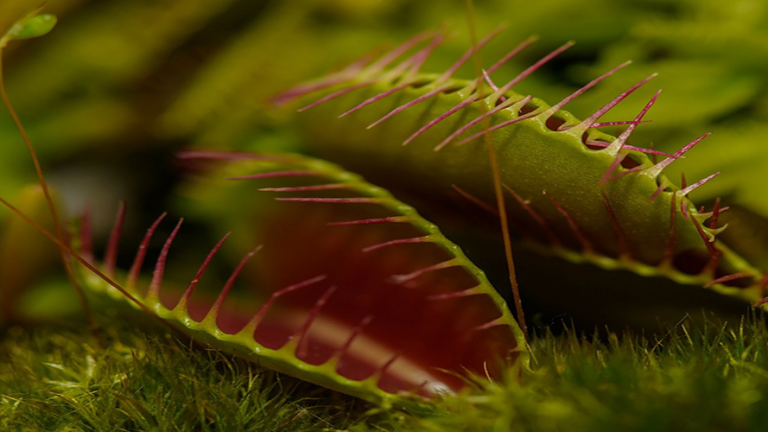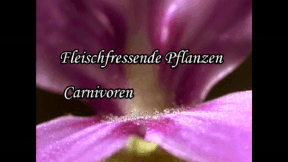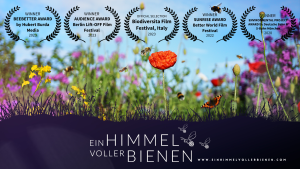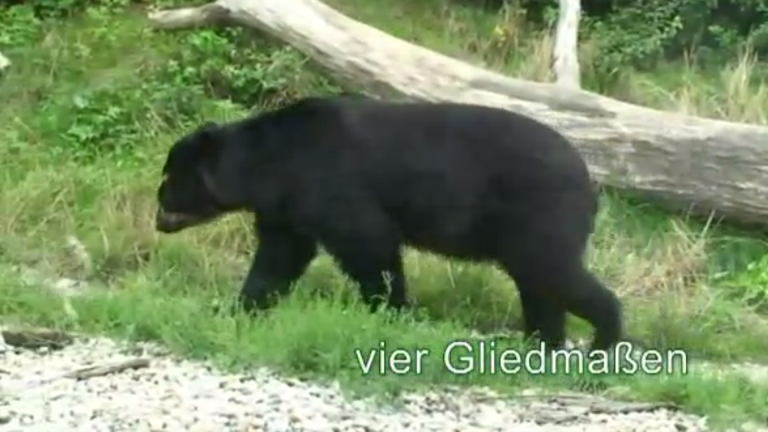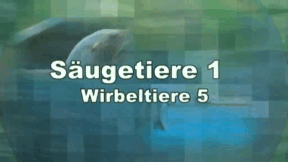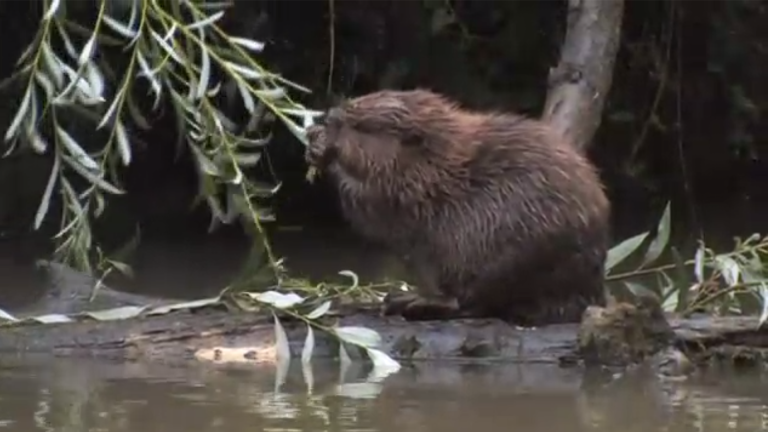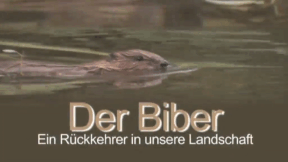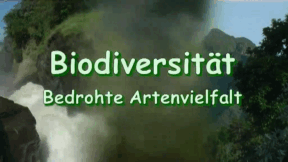Suche:
- # Artistry
- # Biology
- # Chemistry
- # Ecological
- # Economy
- # English
- # Foreign Language
- # Geography
- # German
- # Health
- # History
- # Informatik
- # Latin
- # Mathematics
- # Media Education
- # Music
- # Physics
- # Politics / Civics
- # Preschool
- # Primary School
- # Religion
- # Society
- # Sports
- # Technology
- # Training of Teachers
- # Vocational Education
Large Herbivores
For a long time it was believed that, thousands of years ago, Central Europe was covered with almost uninterrupted primeval forests.
Learn moreEcosystem Forest
The forest – it is not only a collection of trees but a dynamic symbiosis of many different plants and animals. Their com- plex interdependence forms the basis of the ecosystem. DVD 1: Temperate Climes DVD 1 describes the structure and chain of aspects in the de- ciduous mixed forest typical of temperate climes. The various layers (herb layer, brush layer, canopy) are presented with their respective characteristics. The film describes the natural development of the ecosystem forest, compares natural forest and commercial forest and looks critically into human interference. DVD 2: Animals and Plants DVD 2 initially concentrates on the natural development of the forest (natural rejuvenation, succession, climax vege- tation). It then goes on to focus on the forest dwellers and their interrelations. The whole range of animals and plants is presented: from fungi and insects to birds and bats.
Learn moreDragonflies
The dragonfly – a fascinating hunter with incredible skills: with its iridescent wings, which make up two per cent of its body weight, it manoeuvres artistically in the air and serves as a model for ultra-lightweight design. A survival specialist that has been dwelling on earth for 320 million years.
Learn moreBlood
One moment of distraction and the damage is done: Tim has slipped and has scraped his knee. The wound begins to bleed. Back home, Tim is comforted by his mother and a plaster is put on the knee. Actually, this is not necessary any more because Tim’s body has already started to help itself by forming a scab on the wound. A skin injury makes it possible for germs and dirt to enter the body. To prevent this from happening our organism repels all foreign substances, beginning at the same time to close the wound. This is done with the help of blood clotting, which starts directly when blood gets into contact with the outside world for example.
Learn moreDüngemittel
Pflanzen benötigen für ihr Wachstum, Licht, Wasser und Nährstoffe. Den Ausgleich für nicht vorhandene Nährstoffe schaffen Düngemittel. Doch welche Düngemittel gibt es? Welcher Dünger eignet sich für welchen Boden? Welche Konsequenzen bringt die Düngung mit sich?
Learn moreNatur erleben
Die Naturwissenschaften gelangen zu ihren Ergebnissen durch präzise Beobachtung, durch fundierte Hypothesenbildung, deren experimentelle Überprüfung und Auswertung. Vermittelt werden die Ergebnisse in einem festgelegten Kanon der Darstellung, sei es durch Schaffung eines anschaulichen Modells oder einer detaillierten Zeichnung, sei es durch ein aussagekräftiges Diagramm.
Learn moreInvertebrates
The term “invertebrates” was coined by the French zoologist and botanist Jean-Baptiste de Lamarck in the early 19th century. He was the first to address the classification of the then so-called “lower animals” and divided them into different categories and classes.
Learn moreHygiene
Epidemics such as the cholera or the plague and diseases like the Spanish flu were the causes of the deaths of many people throughout the centuries.
Learn moreCarnivorous Plants
Up to the middle of the 19th century it was believed that plants exclusively served as a nutritional staple to be eaten by herbivorous primary consumers.
Learn moreMammals I
When we talk about animals in everyday conversation, we mostly talk about mammals. Mammals live in water, on land and in the air. Countless species of the most diverse sizes and appearances populate our earth. A clear classification is not always possible because of their adaptation to their different habitats.
Learn moreThe Beaver
Natural river and lake areas are becoming increasingly rare. With expensive measures to restore them to their natural state, efforts are being made to recreate them. Here, an animal may be helpful: the beaver. After it was exterminated in Germany in the 19th century, today about 15 000 specimens live here again thanks to the reintroduction of the beaver during the 1960s. Many people, however, have never caught sight of this shy nocturnal rodent, yet. The DVD first describes the beaver (in particular its adaptation to life in water) and zoologically classifies it. Then the beaver family and their social behaviour and habitat are introduced. The beaver constructions (beaver dam and beaver lodge) are illustrated as well as its territory and its purely vegetarian diet. Subsequently, both its extermination and its reintroduction as well as present-day problems are looked into. But primarily the film shows the beaver to be a valuable, natural architect of landscapes.
Learn moreBiodiversity
The exact numbers of plant and animal species on earth are unknown. What we do know, though, is that there is a dramatic decline in the variety of species mainly triggered by man. The "threats to biodiversity" as well as their causes are the topics of this film. It illustrates the reckless exploitation of the resources of the earth on land and in the oceans.
Learn more




